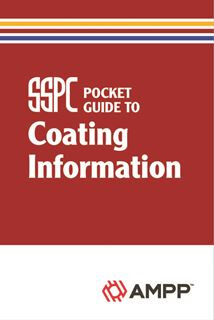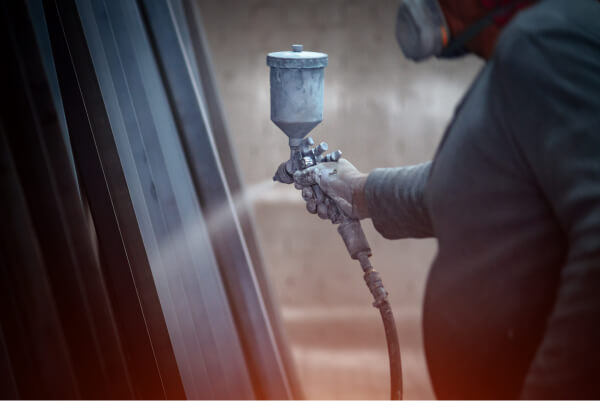
When it comes to painting steel structures, it's not just about how it looks—proper preparation is essential to protect against rust and extend the lifespan of your materials. That’s where SSPC painting standards come in. These guidelines help ensure that your surface is ready for painting, giving your project the durability it needs.
In this post, we’ll break down the key SSPC surface preparation grades and why they matter for your next project.
What is SSPC?


The SSPC (Steel Structures Painting Council), now known as The Society for Protective Coatings, has been setting the standard for steel surface preparation and protective coatings since 1950. Their guidelines are trusted worldwide for ensuring high-quality surface preparation, especially for industrial and heavy-duty projects like bridges, ships, and offshore platforms.
Why SSPC Standards Matter for Your Project


Surface preparation is the foundation of any successful painting project. Without proper prep, even the best coatings can fail. SSPC standards ensure that the steel surface is prepped based on the environment and the protection you need. Whether your project is in a highly corrosive environment like a marine setting or just needs a refresh, there’s an SSPC grade to match your needs.
By following these guidelines, you’ll get better paint adhesion, longer-lasting protection, and a stronger defense against the elements.
Understanding SSPC Surface Preparation Grades
Here’s a quick overview of the main SSPC standards to help you choose the right one for your project:
SSPC-SP 1: Solvent Cleaning
What it does: Removes oil, grease, and dirt using solvents.
When to use it: This is the first step to clean the surface before heavier treatments. It doesn’t remove rust but preps the surface for further cleaning.
SSPC-SP 2: Hand Tool Cleaning
What it does: Uses hand tools like wire brushes or scrapers to get rid of loose rust, paint, and other debris.
When to use it: Ideal for basic surface prep when heavy-duty cleaning isn’t necessary.
SSPC-SP 3: Power Tool Cleaning
What it does: Uses power tools to give a more thorough clean than hand tools.
When to use it: A good option when you need a smoother surface without using abrasive blasting.
SSPC-SP 5: White Metal Blast Cleaning
What it does: Removes all contaminants, leaving the surface completely clean and shiny.
When to use it: Best for high-performance projects that require the cleanest surface, like marine or chemical plant applications.
SSPC-SP 6: Commercial Blast Cleaning
What it does: Removes most rust and contaminants but leaves slight staining on less than one-third of the surface.
When to use it: Great for most commercial projects where a fully clean surface isn’t required but still needs reliable prep.
SSPC-SP 10: Near-White Metal Blast Cleaning
What it does: Similar to SSPC-SP 5 but allows for very minor stains on less than 5% of the surface.
When to use it: Perfect for high-performance coatings in tough environments like offshore platforms or chemical plants.
SSPC-SP 7: Brush-Off Blast Cleaning
What it does: Quickly removes loose contaminants and rust, leaving some of the original coating or rust in place.
When to use it: Ideal for lighter surface prep when you just need to freshen up the surface before repainting.
Conclusion: Why Following SSPC Standards Matters
SSPC painting standards are more than just cleaning guidelines—they’re key to extending the life of steel structures and ensuring top-notch coating performance. By choosing the right SSPC grade for your project, you can achieve a high-quality, long-lasting finish.
Getting ready for a painting project? Now that you’ve figured out the SSPC grade that fits your needs, it’s time to select the right abrasives and apply them. Reach out to Winoa Korea today for tailored painting solutions! We’re here to help you maximize your coating performance with expert advice and support.









